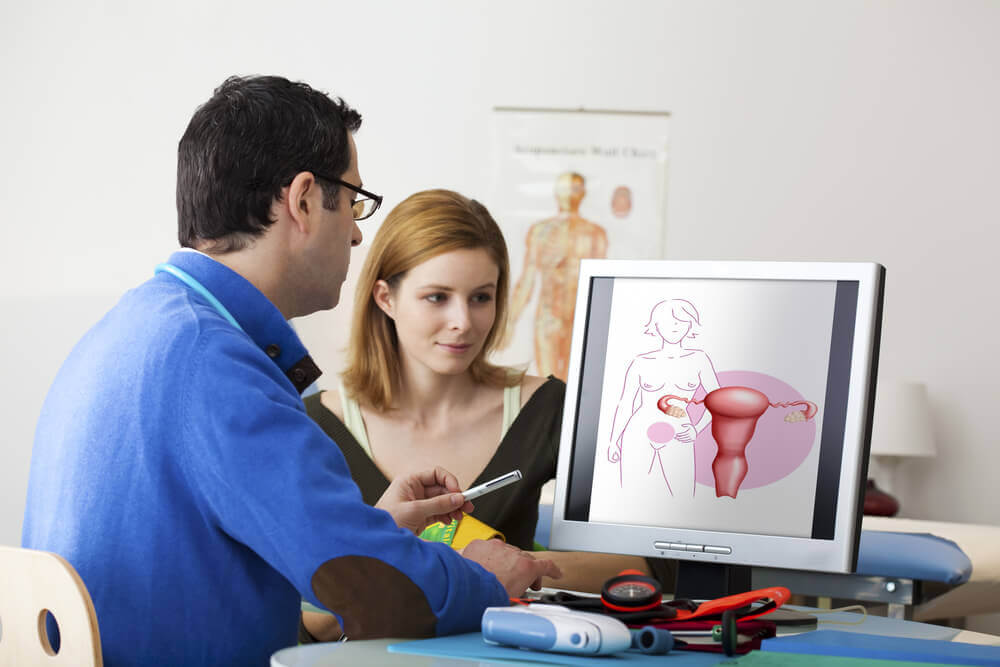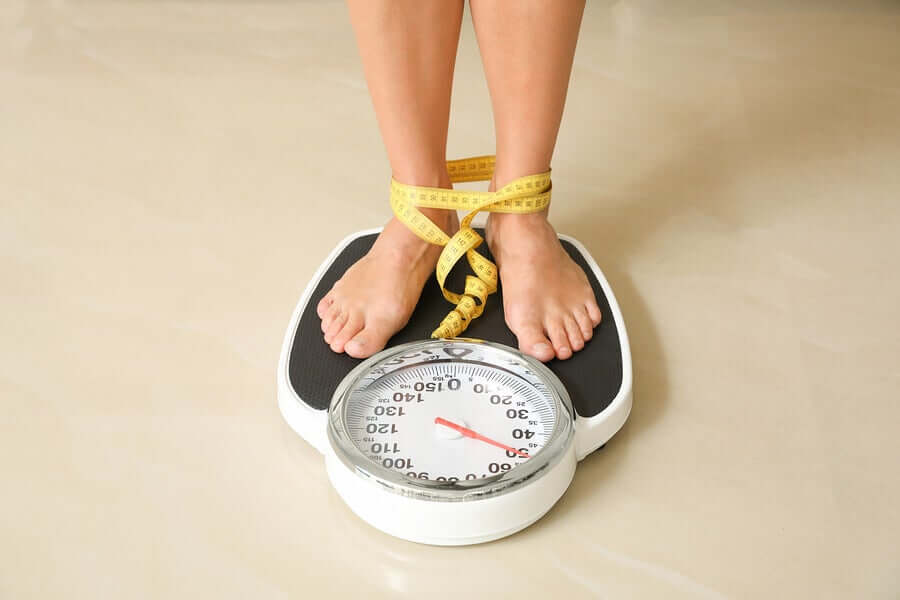5 Symptoms of Polycystic Ovary Syndrome

If you¡re a woman, it’s very important to be aware of the symptoms of polycystic ovary syndrome, and to visit your gynecologist for a checkup if you suspect you may have it.
The sooner you get treatment the better you’ll feel, and you’ll avoid further complications. We look at this topic in more detail below.
The Symptoms of Polycystic Ovary Syndrome

Although many of these cysts never grow larger, this does happen in some cases. If they do grow, they can cause pain and even burst, which complicates the situation further. Don’t worry though, there is a solution.
Because of all this, it’s essential to identify the symptoms of Polycystic Ovary Syndrome as soon as possible in order to monitor the condition and get appropriate treatment.
Generally, doctors prescribe contraceptives, since they prevent the formation of cysts by preventing the ovary from releasing eggs. However, depending on the specific case, other treatment options may be considered.
1. Acne
One of the Symptoms of Polycystic Ovary Syndrome is the presence of acne after adolescence. Although it can appear with greater or lesser intensity, acne is your skin’s way of showing that something is not quite right with your body, and this is showing in the epidermis to warn you to take care of it.
Oily skin and acne are two possible symptoms of polycystic ovary syndrome, so if you notice them you should go to a doctor for a checkup. You can also visit a dermatologist to find out how to take care of your skin in the future.
Also read: 8 Steps for Eliminating Acne
2. Hairs on Your Face and Other Parts of the Body
Another symptom of Polycystic Ovary Syndrome is the appearance of significant amounts of hair where they don’t tend to appear, for example, the chest, the face, and the neck. Once again, to confirm your suspicions, you should go to a doctor before taking any action.
Given that hair in these places can affect your self-esteem, many women rush to remove it one way or another. What they don’t realize is that this makes the problem worse.
For this reason, the best thing you can do is take note of it and go and see a doctor. It’s a good idea to take note of where the hair is thicker, the color, the place it’s appearing, and all other details.
3. Irregular Periods

If you suffer from Polycystic Ovary Syndrome, one problem that you should pay attention to is irregular menstruation.
We’re not talking about being late or early by a couple of days. We’re talking about circumstances where maybe you’ll go a whole month without having your period, or may be menstruating for two whole weeks.
If your periods are irregular and you don’t know why, go to a doctor as soon as you can. They will do a physical examination and help you to manage the situation. With the correct treatment, you’ll be able to regulate your body and feel much better.
Do you want to know more? 4 Signs of Irregular Periods
4. Blemishes on your Face
Another symptom of Polycystic Ovary Syndrome are blemishes on your skin. Just like acne, it’s important to take care of yourself and your skin to reduce marks little by little until they’re gone.
Blemishes tend to appear on the face in the form of brown patches, which many people think are caused by the sun.
However, if you are someone who takes care of your skin, and you don’t believe the sun is responsible, go and see your doctor. This way you’ll be able to rule out Polycystic Ovary Syndrome.
5. Weight Problems

Although this doesn’t happen to all women, it’s a common symptom for a significant percentage of women with this condition. If they don’t have a thyroid problem, or they gain weight without an obvious reason, and they also have some of the symptoms we previously mentioned, it’s clear they may have Polycystic Ovary Syndrome.
Do you have any of these symptoms?
Have you ever noticed any of these symptoms before? Don’t take anything for granted, particularly if your menstruation is irregular.
Sometimes, these more common symptoms can be accompanied by others. These can include hair loss, marks on the armpits and neck, high cholesterol, and high blood pressure.
If you suspect you have symptoms of Polycystic Ovary Syndrome, go straight to your doctor.
If you don’t, a cyst could develop and grow. Remember, it’s always best to tackle problems early to solve them effectively.
All cited sources were thoroughly reviewed by our team to ensure their quality, reliability, currency, and validity. The bibliography of this article was considered reliable and of academic or scientific accuracy.
- Aguirre, M., Benvenuto, C., Urrutia, S., & Teresa, M. (2005). Calidad de vida en mujeres con síndrome de ovario poliquístico. Revista chilena de obstetricia y ginecología, 70(2), 103-107.
- Apablaza, D. (2000). Síndrome ovario poliquístico. Sociedad Chilena de Obstetricia y Ginecología Infantil y de la Adolescencia, 7, 50-56.
- Builes, C. A., Diaz, I., Castañeda, J., & Pérez, L. E. (2016). Caracterización clínica y bioquímica de la mujer con Síndrome de Ovario Poliquístico. Revista colombiana de obstetricia y ginecología, 57(1), 36-44.
- Vargas-Carrillo, M. A., Sánchez-Buenfil, G., Herrera-Polanco, J., & Vargas-Ancona, L. (2003). Síndrome de ovarios poliquísticos: abordaje diagnóstico y terapéutico. Revista Biomédica, 14(3), 191-203.
This text is provided for informational purposes only and does not replace consultation with a professional. If in doubt, consult your specialist.








